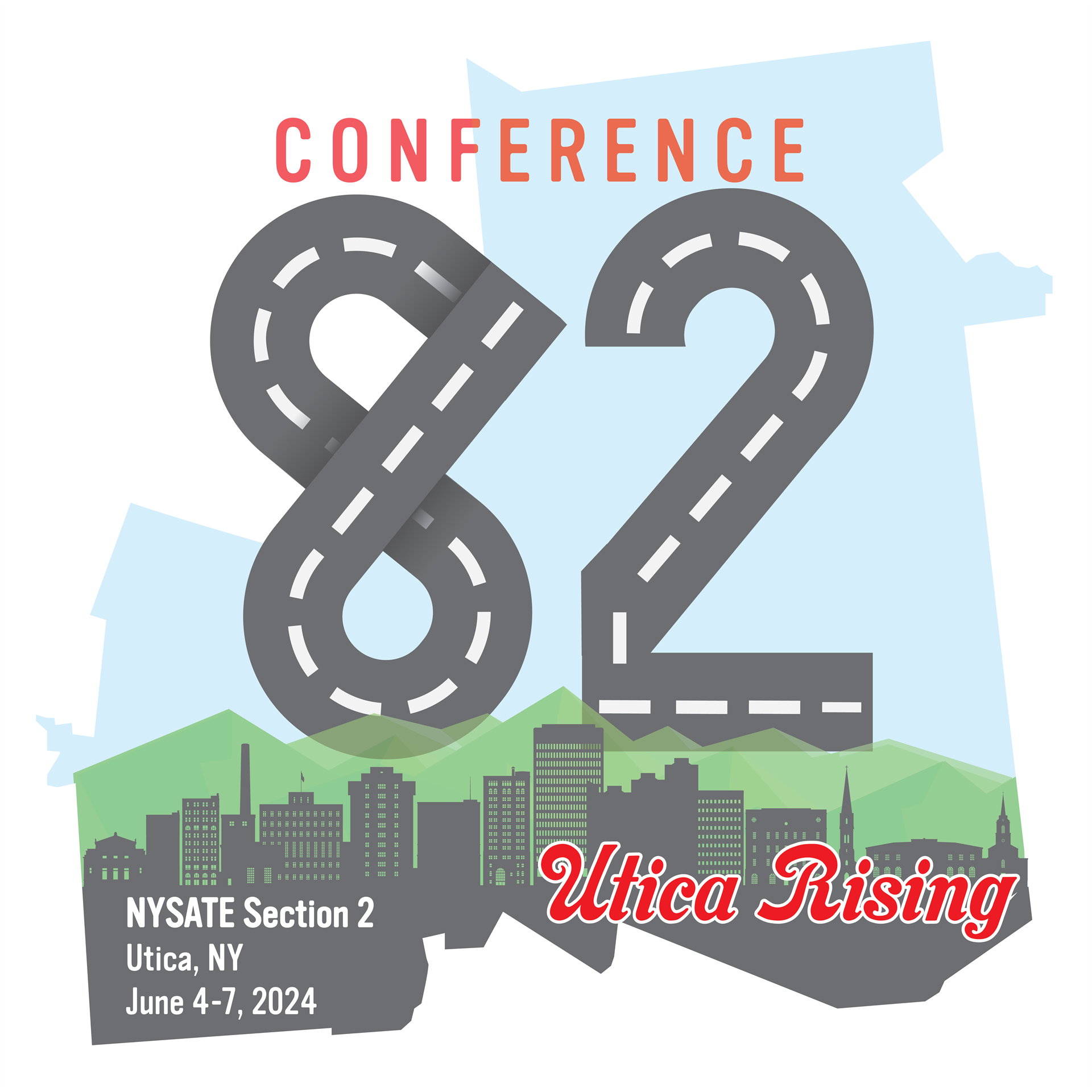- About
- Conference 82
- Technical Sessions
- Technical Descriptions - Fri
Technical Program
Friday - June 7, 2024
Planning to Move Piers on Two 100-Year-Old Rail Bridges
Rasmin Kharva, PE, Lead Structural Engineer – H&H
Richard Stevens, PE Structural Engineer – H&H
The Long Island Railroad “Double Deck” and “Mainline 1/3” bridges carry twelve tracks over the Van Wyck Expressway – a busy corridor leading to JFK airport in Queens, New York. The bridges were originally constructed in the 1910s and were lengthened with additional spans in the 1950s to accommodate the widening of the expressway. Recently, NYSDOT set out to construct two new multi-use lanes on the Van Wyck Expressway, requiring relocation of the lower portion of three column lines supporting this multi-level structure. For the Double Deck, a complex rehabilitation and load path reconfiguration scheme was developed, preserving much of the existing upper level of the structure to minimize long term impacts to commuter service. For Mainline 1/3, a bold roll-in replacement scheme was developed, aimed at replacing large portions of the bridge during weekend track outages.
Hot In-Place Mill Asphalt Recycling - Heater Scarification
Timothy Roemer, Pavement Preservation Specialist – Highway Rehab Corp
The presentation will cover all aspects of the Hot In-Place Recycling process including a brief history and definition of the process, a review of the equipment, proper candidate selection, mix design, and construction details.
Geomatics - Reality Capture on Highway Infrastructure
Bruce Marquis, PLS, Director of Reality Capture, Survey – VHB
Jason Larson, PLS, Geomatics Manager, Survey – VHB
This presentation provides an overview of the benefits and safety of using rapid and accurate mobile mapping, the session will outline several projects including both the successful and unsuccessful components. Attendees will have a better understanding of what mobile mapping is and where its application is best served.
Sauquoit Creek Channel & Stream Restoration Program
Brian Whittaker, PE, Sr. Project Manager – Rambol
The Sauquoit Creek in the Town of Whitestown experiences frequent flooding with multiple repetitive losses in the Village of Whitesboro. Beginning in 2016, the Town of Whitestown teamed with Federal, State, and Local partners to find a solution. Out of this partnership came the Sauquoit Creek Channel and Floodplain Restoration Program, a global approach to flood mitigation that includes 5 major components: Mitigation, Adaptation, Infrastructure Improvements, Floodplain Management, and Sediment and Debris Management. Eight years into the program, the Town has secured approximately $55 million in federal, state, and county grants to fund construction of 2 major floodplain restoration projects, a third in final design, and the largest residential buyout program in New York State. The success of the Program is a testament to the strength of collaboration between all stakeholders and which can be emulated throughout the State.
Complex Civil Engineering Design Challenges
Craig Jenne, PE, Principal Associate, Roadway Group Manager – H&H
Elana Freedman, PE, Principal Associate, Senior Bridge Engineer – H&H
This presentation will discuss several complex design topics, when/how they present themselves and design approach and solutions for each topic with real world project examples. Complex design topics to be covered include Access Modification of Highways, Pedestrian/Bicyclist Accommodations, Railroad Facility Considerations on Highway Projects, Urban Drainage & Resiliency Design and Utility Coordination/Design. Real world project examples will include but are not limited to the Southern State Parkway at Corona Ave, the Bronx River Parkway, the Van Wyck Expressway, Kew Gardens Interchange and Tremont Avenue.
Hydrodemolition and Latex Modified Concrete Overlay use in the United States
Ed Liberati, PE, Specialty Company Engineer – Hydro-Technologies
This presentation will include detailed discussions on bridge deck preservation, bridge deck rehabilitation design and selecting the right bridge decks for Shallow Concrete Overlays. We will also cover the NYSDOT's 30+ year history with Latex Modified Concrete (LMC) Overlay use. Hyrodemolition and LMC science and construction will both be part of the session presented through pictures and videos of recent and past NYSDOT LMC projects including a detailed video of a project that was completed in Amsterdam in 2022. Unique Hydrodemolition applications will also be shared.
Building Asset Management into the ITS Design and Construction Process
Matt Davis, PE, PTOE, ITS Practice Lead – Stantec
John Hartley, PE, PTOE - Stantec
ITS system infrastructure is often modified over its lifetime by on-going maintenance activities, construction related incidents (i.e., fiber breaks and relocations) and/or system expansion, but detailed system records are oftentimes outdated, incomplete, or altogether lacking. Whether it’s field device information, fiber optic backbone splice locations and configurations, TMC schematics, cabinet power source information and/or simply conduit and pullbox locations, this information is critical in maintaining and modifying these systems over their lifetime. To facilitate Long-Term success of the system and reduce costs during any future expansions or upgrades it is critical to build into the design/construction support process the creation of a detailed GIS-based asset database that can be easily updated and managed over the lifetime of the system.

